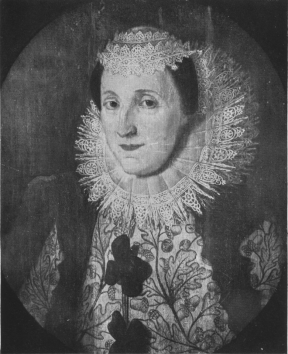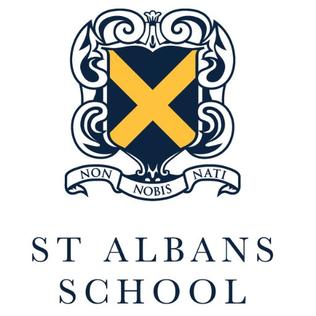St Albans is a city located in Hertfordshire, England. It was originally founded as Verlamion a settlement belonging to the Catuvellauni. It was subsequently transformed into the Roman settlement of Verulamium from where it grew into a municipium around AD 50.

Verulamium was a town in Roman Britain. It was sited southwest of the modern city of St Albans in Hertfordshire, England. The major ancient Roman route Watling Street passed through the city, but was realigned in medieval times to bring trade to St Albans. It was about a day's walk from London.

Sir Nicholas Bacon was Lord Keeper of the Great Seal during the first half of the reign of Queen Elizabeth I of England. He was the father of the philosopher and statesman Sir Francis Bacon.

Earl of Verulam is a title in the Peerage of the United Kingdom. It was created in 1815 for James Grimston, 4th Viscount Grimston. He was made Viscount Grimston at the same time. Verulam had previously represented St Albans in the House of Commons. In 1808 he had also succeeded his maternal cousin as tenth Lord Forrester. He was succeeded by his son, the second Earl.
The title Baron Verulam was created in two separate and unrelated instances:

Redbourn is a village and civil parish in Hertfordshire, England, three miles (4.8 km) from Harpenden, four miles (6.4 km) from St Albans and five miles (8.0 km) from Hemel Hempstead. The civil parish had a population of 6,913 according to the 2011 Census.

Redbournbury Mill, is a Grade II* listed flour mill in Redbournbury, Hertfordshire, England, which is thought to have been first built in the early 11th Century. Having operated as a watermill on the River Ver, the mill is now powered by a diesel engine.

Sir Harbottle Grimston, 2nd Baronet was an English lawyer and politician who sat in the House of Commons at various times between 1640 and 1685 and was Speaker in 1660. During the English Civil War he remained a Parliamentarian but was sympathetic to the Royalists.

The Ver is a 28 km (17 mi) long chalk stream in Hertfordshire, England. It is a tributary of the River Colne.

Alice Barnham, Viscountess St Albans was the wife of English scientific philosopher and statesman Francis Bacon.

St Albans School is a public school in the city of St Albans in Hertfordshire. Entry before Sixth Form is for boys only, but the Sixth Form has been co-educational since 1991. Founded in 948 by Wulsin, St Albans School is not only the oldest school in Hertfordshire but also one of the oldest in the world. The school has been called "Britain's oldest public school" by the Daily Mail. Nicholas Carlisle, in 1818, described the school as "of very ancient origin, and of great celebrity" and the Good Schools Guide describes St Albans as a "traditional public school, with a rich history".
Sopwell Priory was a Benedictine nunnery founded around 1140 on the site of an ancient hermitage in Sopwell, Hertfordshire, England. After the Dissolution, the priory was torn down and a Tudor manor house constructed in its place.

Westwick Row is a place in Hertfordshire, in England. It is situated on the edge of Hemel Hempstead.

Old Gorhambury House located near St Albans, Hertfordshire, England, is a ruined Elizabethan mansion, a leading and early example of the Elizabethan prodigy house.

Samuel Ryder Academy is a mixed all-through school located in St Albans in South Hertfordshire, England.

Napsbury Park is a residential development in Hertfordshire, England. It is located to the north of London, at Junction 22 of the M25 motorway and Junction 6 of the M1 motorway. It is protected by a Conservation Area.

Sir Thomas Meautys (1592–1649) was an English civil servant and politician who sat in the House of Commons between 1621 and 1640.

Gorhambury House is a Palladian-style house near St Albans, Hertfordshire, England. It was built between 1777 and 1784 to replace Old Gorhambury House, which was left to fall into ruin.

St Michael is a civil parish in the St Albans district in Hertfordshire, England. The parish is named after but no longer includes St Michael's Church in St Albans. Historically the parish covered part of the city and the rural hinterland to the north-west of it. The parish was split in 1894 with the part outside the city becoming St Michael Rural, which was renamed St Michael in 1974. The main settlement in the modern parish is Childwickbury. The population in 2021 was 498.

Verulam House was a building in St Albans, built by Francis Bacon to supplement his family home of Gorhambury. The main source describing it is John Aubrey's Brief Lives (1669-1696). It was named after Verulamium, the ancient Roman city of St Albans, though it was not sited within that city's walls as Aubrey asserted.



















